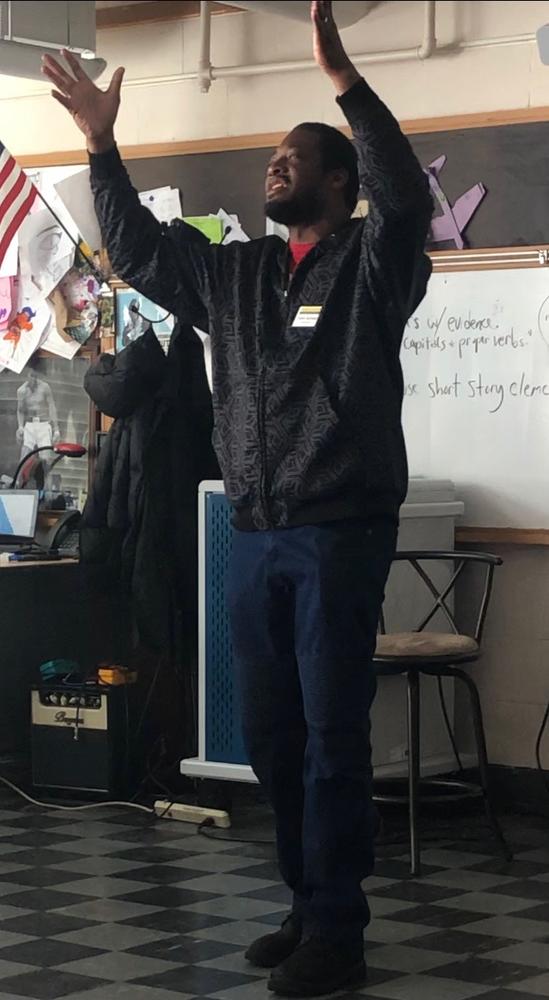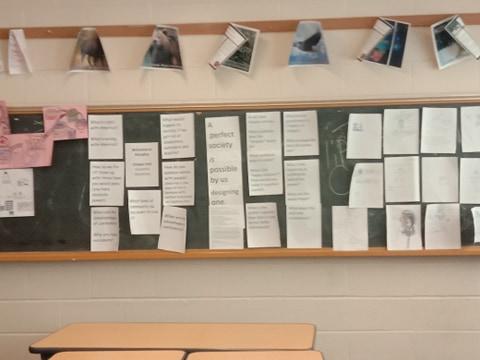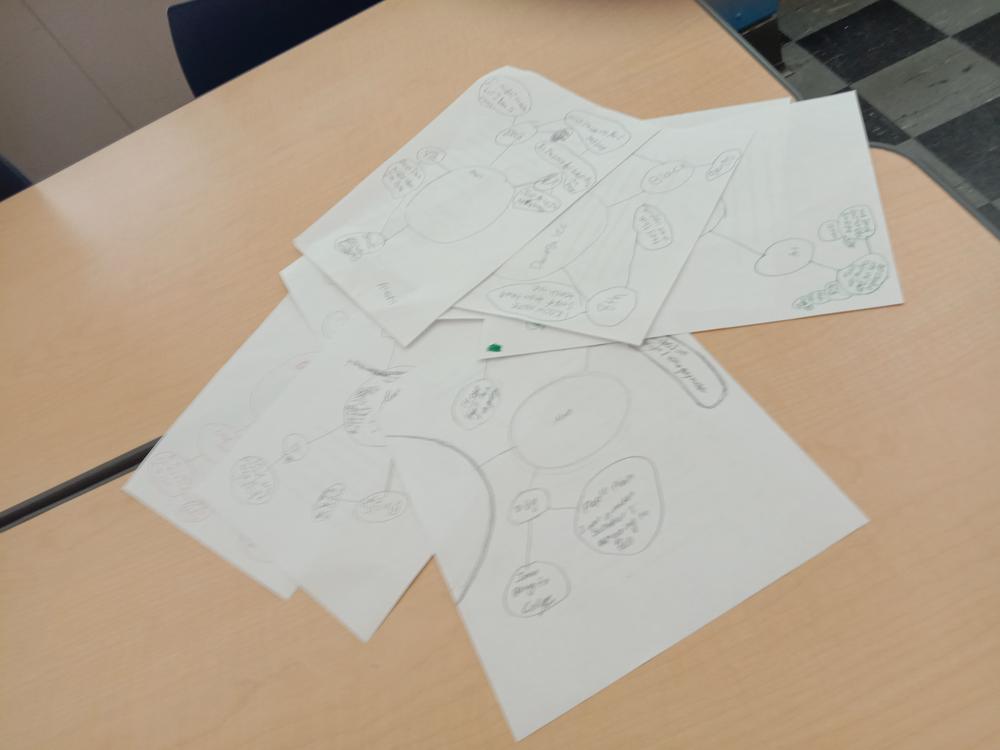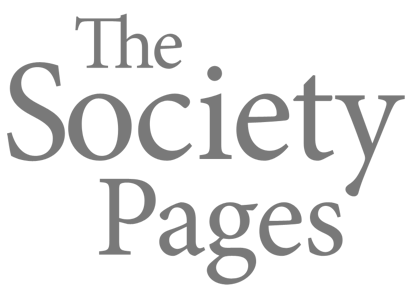We spent a day with the Minnesota Youth Story Squad and spoke with project members about their work; read more below!
Surrounded by lockers, cubbies, and chalkboard, the classroom at Northeast Middle School looks like any other. This class, however, is a part of the Minnesota Youth Story Squad project, co-led by Dr Kari Smalkoski and Dr Jigna Desai of the University of Minnesota. In partnership with Minneapolis and St. Paul public middle schools over the past four years, this university project works to foster critical thinking skills and reflection on the complexity of identities for youth and advocate for change in their schools and communities.
Undergraduate students at the University of Minnesota are involved with MYSS through the course GWSS 4590 Topics: Social Change, Activism, Law, and Policy Studies: Social Justice Praxis with Youth in Urban Schools. This is a fantastic opportunity for undergraduates to effect change with K-12 students, and several undergraduates who have worked in the project developed professional careers in K-12 education. The project is in partnership with the U’s College of Liberal Arts, and includes an end-of-the-year celebration where 8th grade students and their families are hosted at Northrop Auditorium.
Undergraduates work with University faculty and staff to create activities for middle school classrooms. These activities, spanning an entire school day, offer a rare chance in the classroom to be frank and forthright about topics such as race, gender, inequality, and more. Along with these discussions, these middle school students work on their own digital stories, zines, and posters based on a topic that is important to them. In the words of Dr Smalkoski, this program, “gives kids opportunities to talk about things they care about.”

Spoken word artist Frank Sentwali leads a class through an activity
Here’s one example of how it works: today in an 8th grade English classroom, the lesson plan is structured around interrogating stereotypes. However, while the term “lesson plan” may imply a stuffy, boring lecture in which students sit passively and take notes, this is anything but.
What is notable is how involved and responsive the class is, at times more participatory than college students! These students are eager to share their thoughts with the class, they think critically about their own experiences and perspectives, and many have well developed ideas about injustice and the social world. The curriculum of MYSS is designed to facilitate this. As the leaders state, the activities are meant to build student energy and engagement to create a platform to discuss difficult topics, “we need to step out of it and let them do the talking.”

The first portion today is a group-trust activity; students work in pairs to move around the crowded room as one instructs another whose eyes are closed. This is followed by a group discussion about how people see each other and ourselves; such conversation is facilitated by CLA undergraduates but is primarily powered by the students. Then, the class watches “digital stories, 3-5 minute videos which merge visuals, music, and narrative to tell a story and often advocate for social change”. Strikingly, these videos have the quality of professional, industry-made learning activities about sexism or racism, but they have been created and produced by students at this school who were involved with MYSS in the past year. Then, students break into small groups and create “spiderweb” network-diagrams, sketching bubbles which capture the different identities they inhabit and how this shapes the ways that people see them. Sharing such thoughts leads a conversation about the students experience stereotypes and stigma, which sparks reflection into the impacts of the ways that we see one another. The activity goes right until the bell rings, but the students are in no rush to leave; many stay late to talk further about the themes they considered today.

This is just one day in the MYSS project, founded by Smalkoski and Desai four years ago. As they describe, middle-school is a key time for fostering critical thinking skills and reflection about identities, inequality, and social hierarchies. Research demonstrates that is during these formative years that students witness and experience the most bullying; middle-school is also a common time for first contact with disciplinary and criminal justice procedures, experiences which can sometimes track students into a long line of punitive treatment. Thus, the MYSS offers a chance to foster change when it is the most opportune and youth are most receptive to such ideas.
The principal investigators have several plans for the future of the program. Some of this involves a longitudinal research design which focuses on K-12 students who have been involved with MYSS over time. Thus, the program is expanding to high-school classes, following several cohorts of middle-schoolers through graduation. The research considers both evaluative outcomes such as the effects of the program on student attendance and educational outcomes regarding how the students think about complex issues such as inequality, identities, and justice. Thus, the MYSS program can inform us about the effectiveness of educational programs such as these which allow K-12 students opportunities to consider challenging but salient topics such as racism, sexism, and stereotypes.
The Northeast Middle school’s student base is over 80% students-of-color, and over 80% of students’ families live at or below the poverty line; many of their parents did not attend college. Thus, the MYSS project can bring a taste of the college experience to these students’ classrooms and shows these students that they could succeed in college; several students involved with the program have since expressed interest and confidence in pursuing a college degree after high school. As the PI’s stress, the University of Minnesota, as a land grant public institution and a pillar of the Twin Cities, should be active and engaged with local people and the community; few projects do so the way MYSS does.
For more information, visit the project website at http://youthstorysquad.org/

